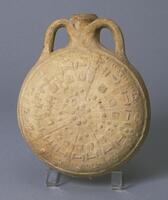13 UMMA Objects
13 UMMA Objects
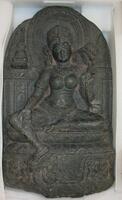
Indian (Indian (South Asian))
Tara
10th century
Gift of Dr. and Mrs. Leo S. Figiel and Dr. and Mrs. Steven J. Figiel
1981/2.156
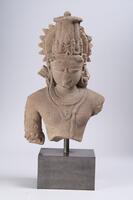
Indian (Indian (South Asian))
Surya (sun-god)
900 – 1199
Gift of Dr. and Mrs. Leo S. Figiel and Dr. and Mrs. Steven J. Figiel
1981/1.314
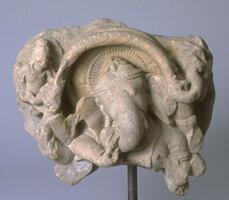
Indian (Indian (South Asian))
Ganesha
900 – 1199
Gift of Dr. and Mrs. Leo S. Figiel and Dr. and Mrs. Steven J. Figiel
1981/1.317
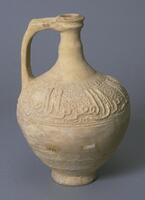
Iranian (Iranian)
Jug, narrow neck, single handle, band of decorative inscriptions at shoulder
900 – 1199
Museum Purchase
1959/1.91
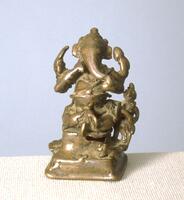
Indian (Indian (South Asian))
Ganesha (small folk bronze)
900 – 1199
Gift of Dr. and Mrs. Leo S. Figiel and Dr. and Mrs. Steven J. Figiel.
1977/2.90
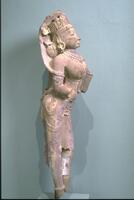
Indian (Indian (South Asian))
Aspara (Heavenly Maiden)
900 – 1199
Gift of Dr. and Mrs. Leo S. Figiel and Dr. and Mrs. Steven J. Figiel
1981/1.316
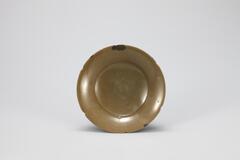
Korean (Korean (culture or style))
Celadon Lobed Dish
12th century
Gift and partial purchase from Bruce and Inta Hasenkamp, purchase with funds from Elder and Mrs Sang-Yong Nam
2021/1.148

Chinese (Chinese (culture or style))
Covered Five-tube Jar
1000 – 1199
Museum purchase made possible by Mrs. Caroline I. Plumer and the Friends of the Museum
1987/2.46A&B

Iranian (Iranian)
Narrow-neck jug with single handle and molded decorative register at shoulder
900 – 1199
Museum Purchase
1959/1.93
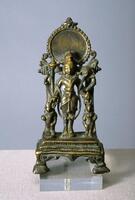
Indian (Indian (South Asian))
Vishnu and Attendants with a Solar Disc in the Background
900 – 1199
Gift of Dr. and Mrs. Leo S. Figiel
1976/2.45
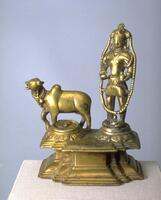
Indian (Indian (South Asian))
Shiva and Nandi on a Pedestal Base
900 – 1199
Gift of Dr. and Mrs. Leo S. Figiel and Dr. and Mrs. Steven J. Figiel
1978/2.117
Loading…
